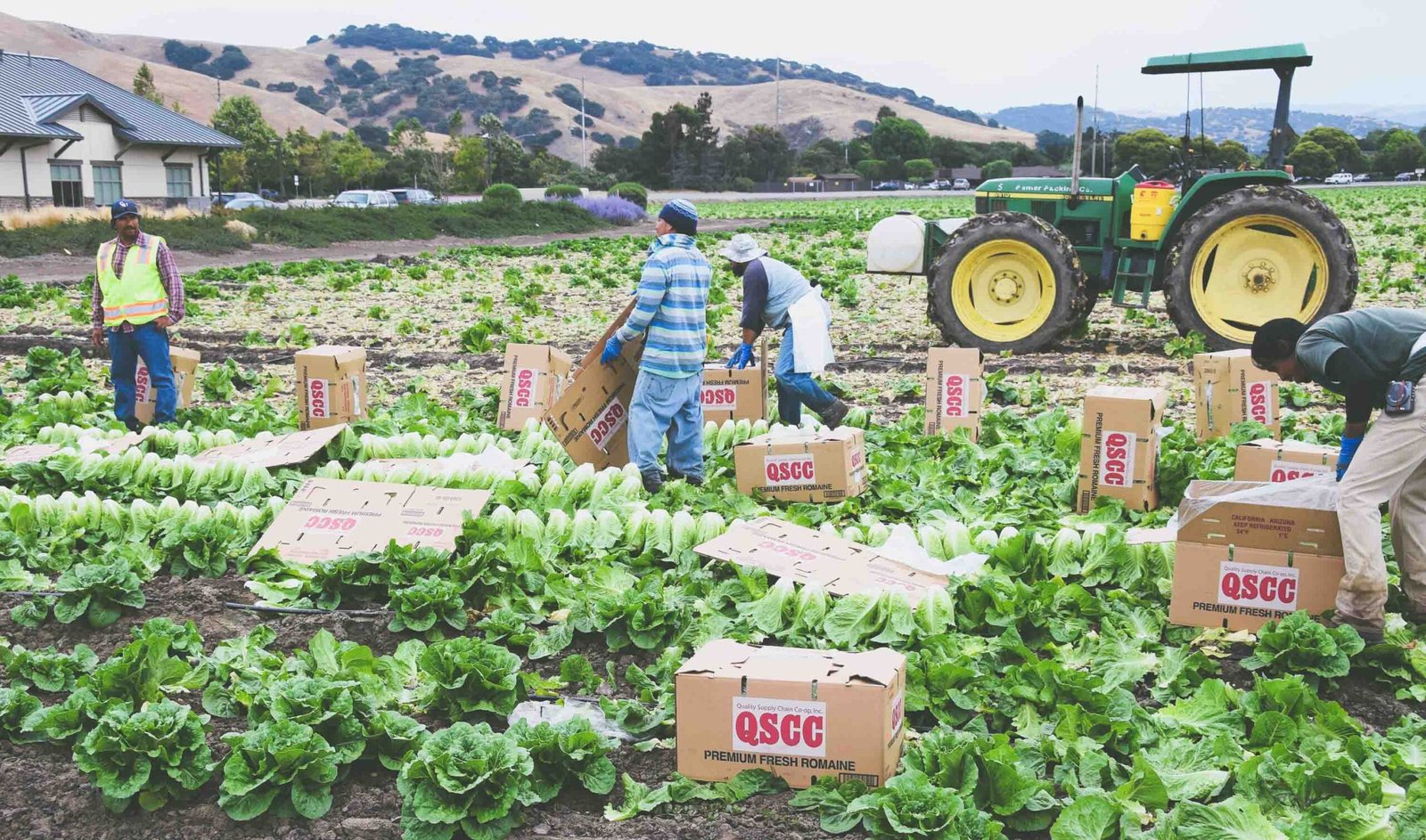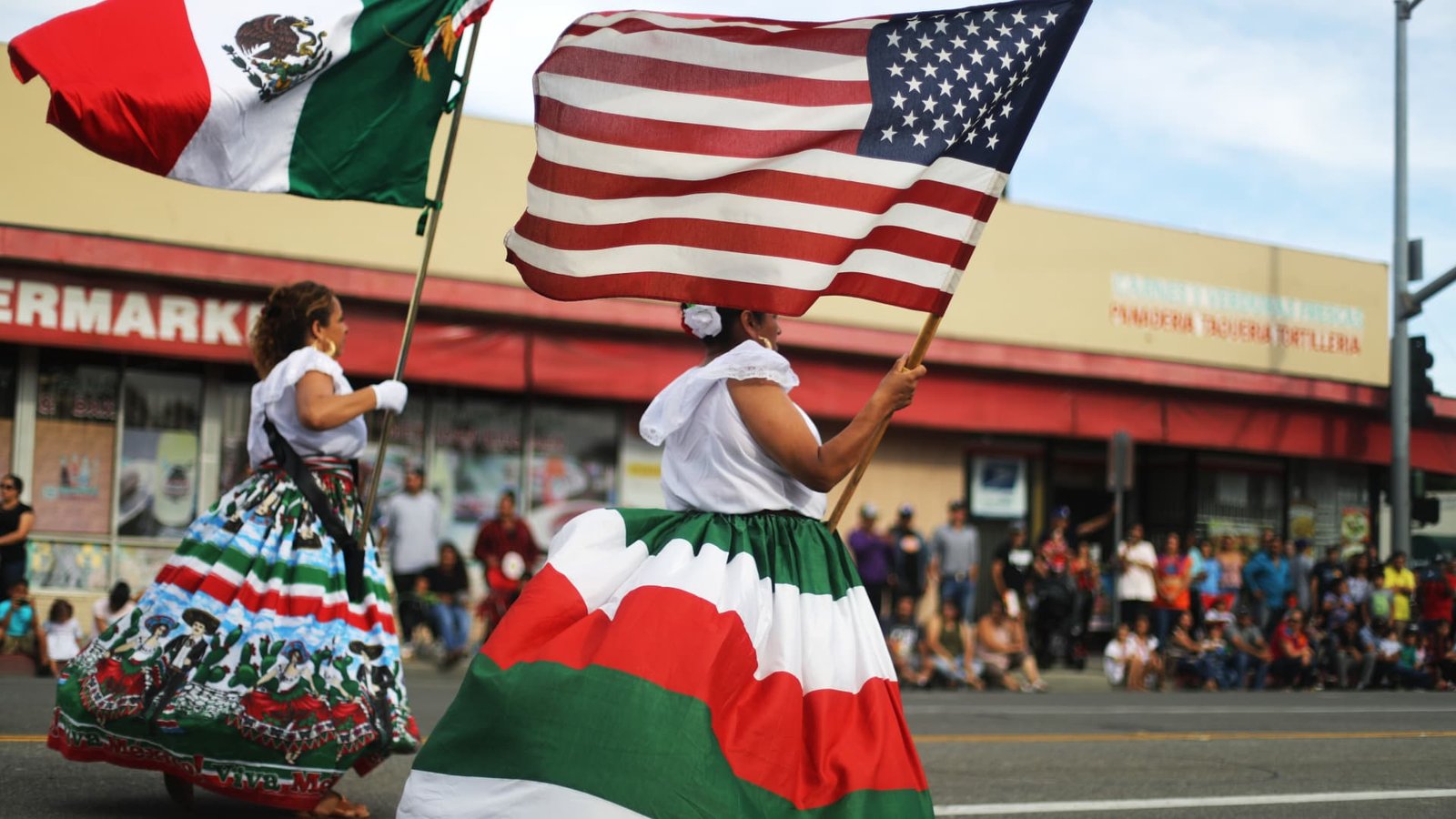The influence of Mexican culture in California runs deep, shaping the state’s identity, cuisine, language, arts, and traditions. This blog post delves into the rich historical and cultural connections between Mexico and California, highlighting the enduring legacy and vibrant contributions of Mexican heritage to the Golden State.
Historical Legacy
California’s history is intricately intertwined with Mexico’s colonial past and subsequent independence. Following Spanish colonization in the 18th century, Mexico gained independence in 1821 and California became a Mexican territory. Mexican ranchos, settlements, and missions shaped the landscape and culture of the region, leaving a lasting imprint that continues to resonate today.
Cultural Contributions
Mexican culture has significantly influenced California’s cultural landscape, blending seamlessly with indigenous, European, and other immigrant traditions. Elements such as music, dance, art, and cuisine reflect this rich fusion, creating a dynamic cultural tapestry that celebrates diversity and heritage.

Language and Place Names
Spanish, the language of Mexico’s colonizers, remains an integral part of California’s linguistic heritage. Many place names across the state, from cities like Los Angeles (The Angels) to geographical features like Sierra Nevada (Snowy Range), reflect Spanish origins and historical ties to Mexico.
Cuisine and Culinary Traditions
Mexican cuisine has profoundly shaped California’s culinary scene, with dishes like tacos, burritos, enchiladas, and tamales becoming iconic staples. The use of fresh ingredients, herbs, spices, and traditional cooking methods has influenced not only restaurants but also home cooking and food culture throughout the state.
Arts and Festivals
Mexican arts, including music, dance, visual arts, and literature, are celebrated throughout California. Festivals such as Cinco de Mayo, Día de los Muertos (Day of the Dead), and Mexican Independence Day showcase vibrant traditions, colorful attire, mariachi music, folk dances like the Jarabe Tapatío (Mexican Hat Dance), and elaborate altars honoring ancestors.
Labor and Economic Contributions
Mexican immigrants and Mexican-Americans have made significant contributions to California’s economy and workforce, particularly in agriculture, construction, hospitality, and other industries. Their labor and entrepreneurship have played a crucial role in shaping the state’s economic landscape and cultural diversity.
Cultural Preservation and Celebration
Efforts to preserve and celebrate Mexican culture in California are evident in cultural institutions, museums, community centers, and educational programs that promote awareness and appreciation of Mexican heritage. These initiatives foster cultural exchange, understanding, and solidarity among diverse communities.
Contemporary Influence and Integration
Today, Mexican influence continues to thrive in California’s social, political, and artistic spheres. The integration of Mexican traditions, values, and perspectives enriches the state’s social fabric and contributes to its reputation as a global cultural hub.
Conclusion
The enduring influence of Mexican culture in California underscores a shared history, mutual respect, and cultural synergy that transcend borders. From historical legacies to contemporary contributions, Mexican heritage enriches California’s identity and exemplifies the power of cultural diversity to unite and inspire. Embrace the vibrant tapestry of Mexican influence in California and celebrate the enduring legacy that enriches the Golden State’s cultural heritage.

